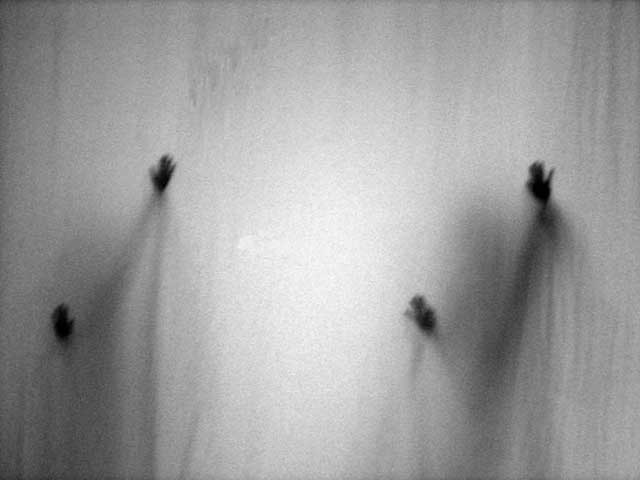 |
||||||
|
Placing Space: Architecture, Action, Dimension, a three-week workshop, explored the integration of architectural space and human movement at full-scale and in real-time. It was co-developed and co-taught by myself, an architect, and choreographers Dana Reitz and Bebe Miller*. The class focused on the embodied experience of “place” in an inter-disciplinary context of shared inquiry and serious play. In order to encourage multiple ways of addressing and studying this condition, a laboratory was created to: create research situations honing student’s sensitivity to embodied spatial experience; enable manipulation and study of spatial, temporal and movement relationships; and, develop an explorative pedagogy based on dialogue, experimentation and play. Dana Reitz and I conceived a pedagogical laboratory, composed of an environment and a set of props that could be modified by people’s actions. This flexible “set,” installed in the center bay of the Great Space of the School of Architecture, Planning, & Preservation at the University of Maryland consisted of sliding fabric screens that could be arranged in multiple ways. An adjustable grid of uni-strut tracks carried the fabric panels, moving laterally and pivoting. Users could manipulate these with guide ropes attached to both the tops of the panels and the tracks. High-powered theatre projectors were set-up at either end of the 120 foot long Great Space to project video or still images. This environment allowed students to change its size, shape, volume, and image in response to and in anticipation of human gesture and motion. This opportunity opened up the possibility to engage a relatively unexplored territory - views of architecture and its experiences as embodied, ephemeral conditions. Envisioned to help “architecture students learn to appreciate and trust their bodies when designing spaces, not just to rely on abstract representations of space and material,”** the course offered all participants the opportunity to shape an environment acted in concert with the actions they performed. As Bernard Tschumi posits it is “not simply about space and form, but also about event, action, and what happens in space.” *** As the work developed, new questions challenged initial assumptions about fixed attributes and parameters of the environment. What if the screens were not vertical, but twisted? What if the ropes were not just for pulling, but could be employed to hang things? What if images were projected but not from the fixed projectors? What if the space was not fixed but constantly changing? These “mis-uses” were revelatory, exposing assumptions built into the “flexible” design and reinforcing the richness of working in situ. The images shown are fragments of space/action investigations; they were neither a prelude to the act of designing a performance space, nor a prelude to the choreographing of a performance. The place we designed was neither “stage-set” nor “installation,” rather it was a laboratory in time. Participants’ actions in this place were vehicles to test out ideas and to observe and think about the interrelationships between event and action, movement and gesture, space and place. Together we investigated presence and generated possibility****. Acknowledgements: Sponsors *Dana Reitz and Bebe Miller are CCR fellows who visited the University of Maryland as part of a partnership between CCR and the University. Student participants: Mercedes Afshar, Swetha Akasapu, Deborah Bauer, Suzanne Braman, Anita Chen, Cynthia S. Cheung-Wong, Jackie Crousillat, Yoko Feinman, Franklin Grace, III, Tzveta Kassabova, Beck Krefting, Mauria Peckham, Amelia Wong. **Paraphrased from conversations with Dana Reitz, June 2006.
***Giovanni Damiani, G. Ed., Tschumi, (New York: Rizzoli International Publications, inc., 2003.), p. 34. ****For further information on the curriculum, see Eisenbach, R. Z. “Placing Movement, Shaping Place” in The Association of Collegiate Schools of Architecture 96th Annual Meeting Proceedings, Houston, TX, 2008 and Eisenbach, R. Z. , “Placing Space: Architecture, Action, Dimension,” The Journal of Architecture Education, 61/4, May 2008. To reflect on their experience, students created daily paper and video journals. For examples go to: http://claricesmithcenter.umd.edu/2007/ placing_space/home.cfm or http://claricesmithcenter.umd.edu/2007/ media/placing_space.cfm.
|
 |
||||||
|